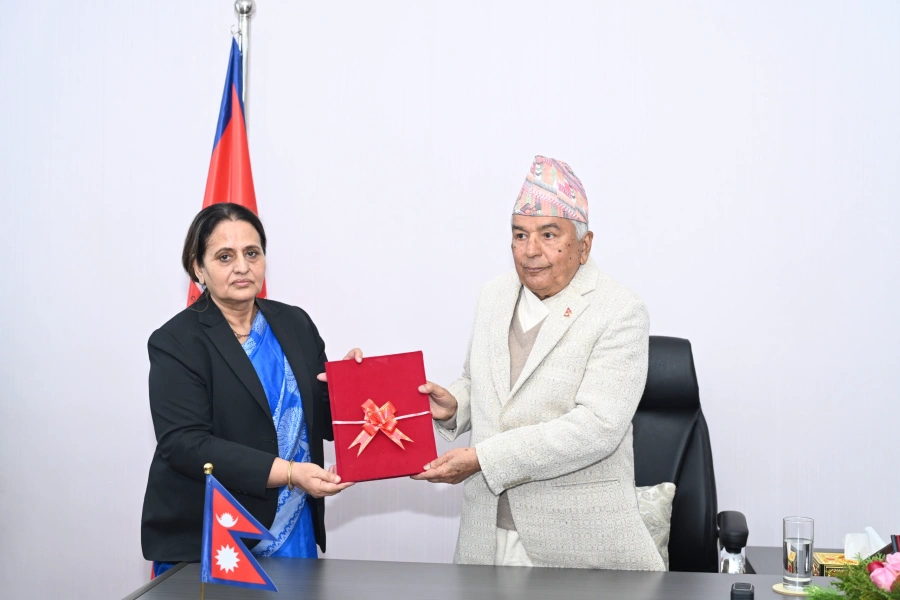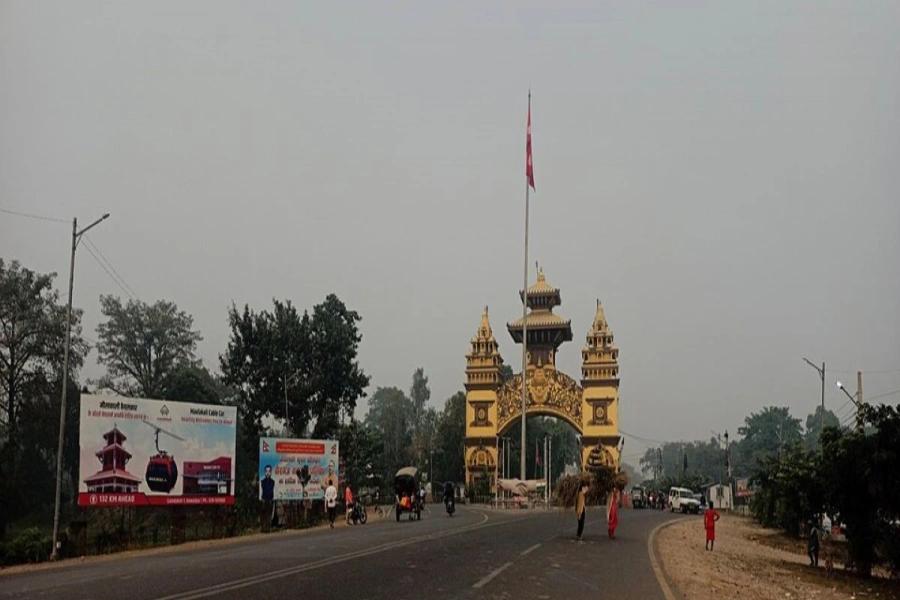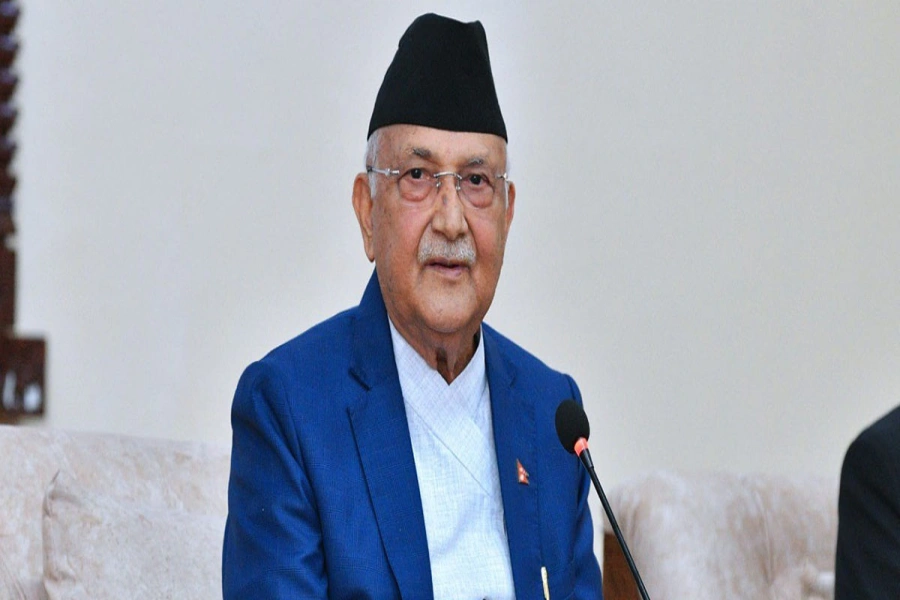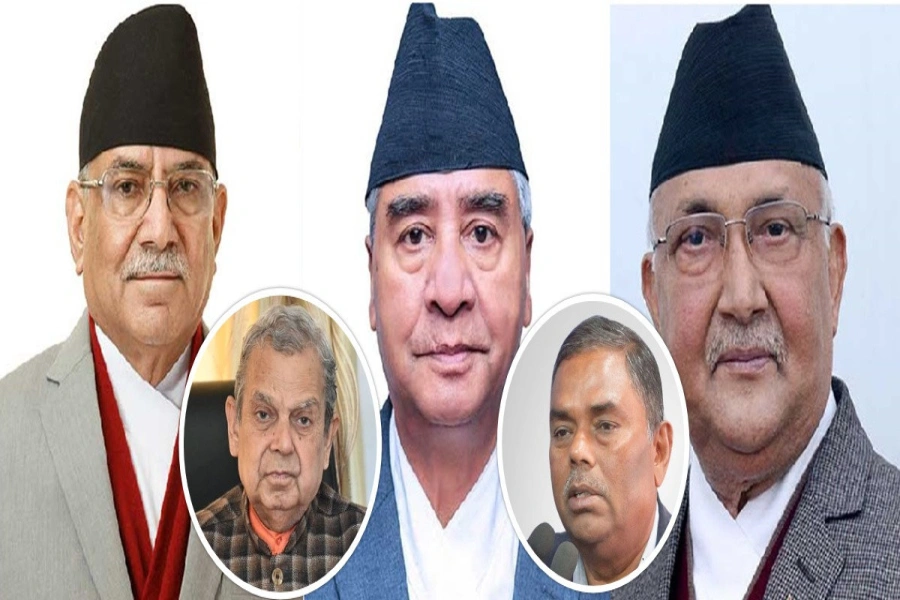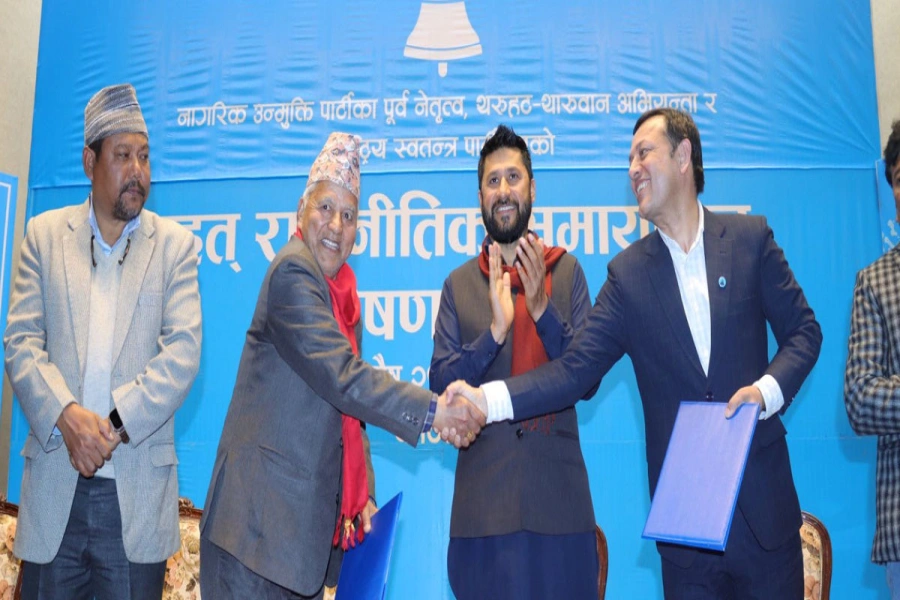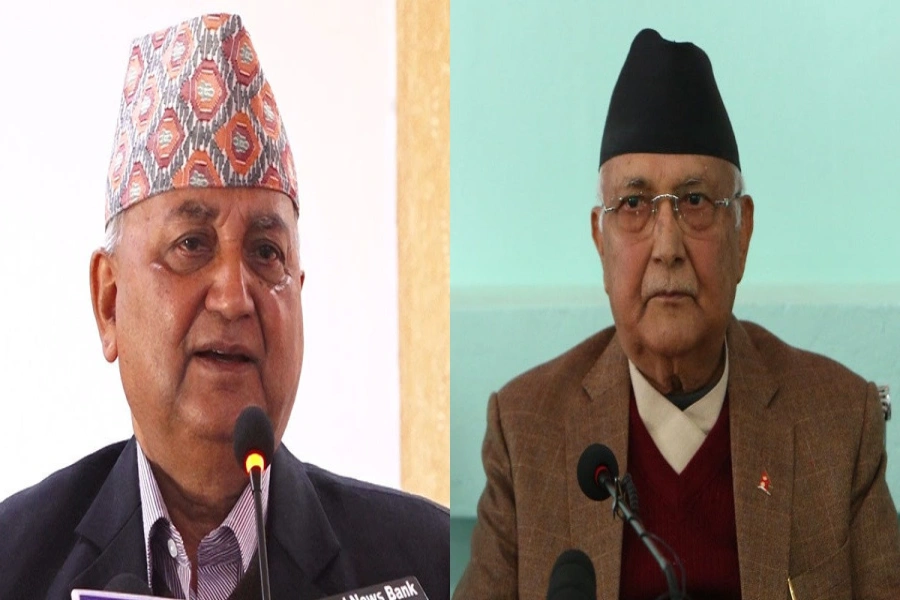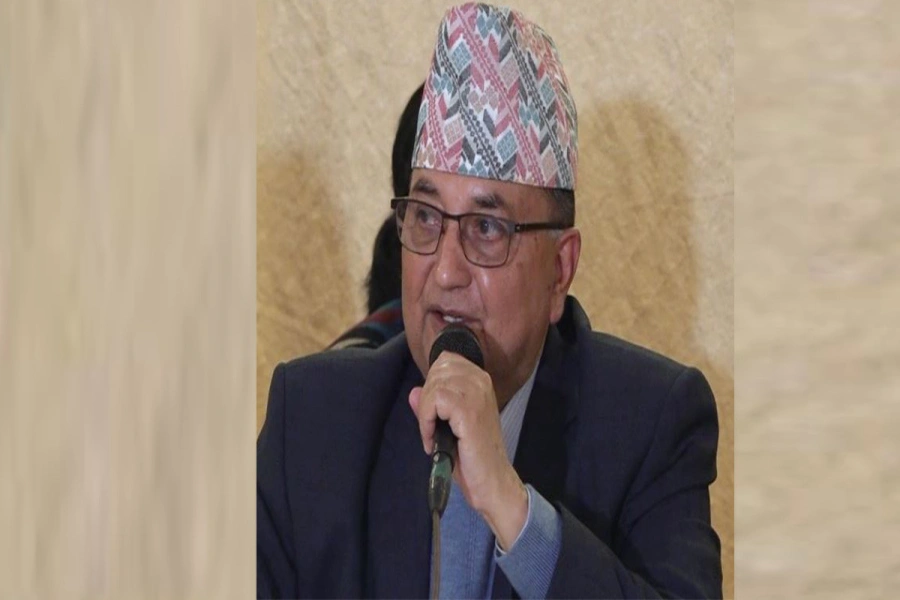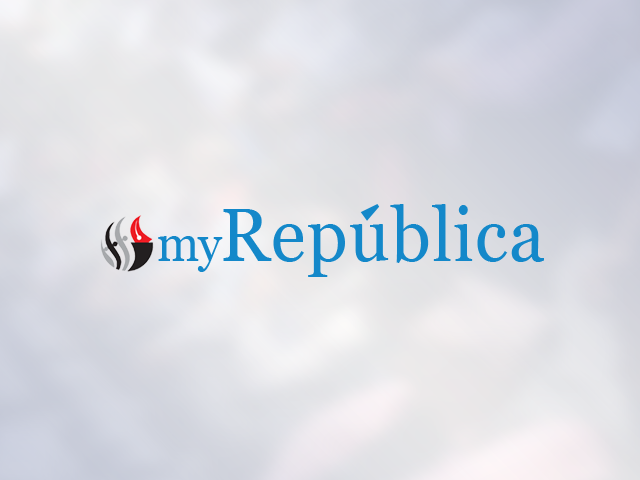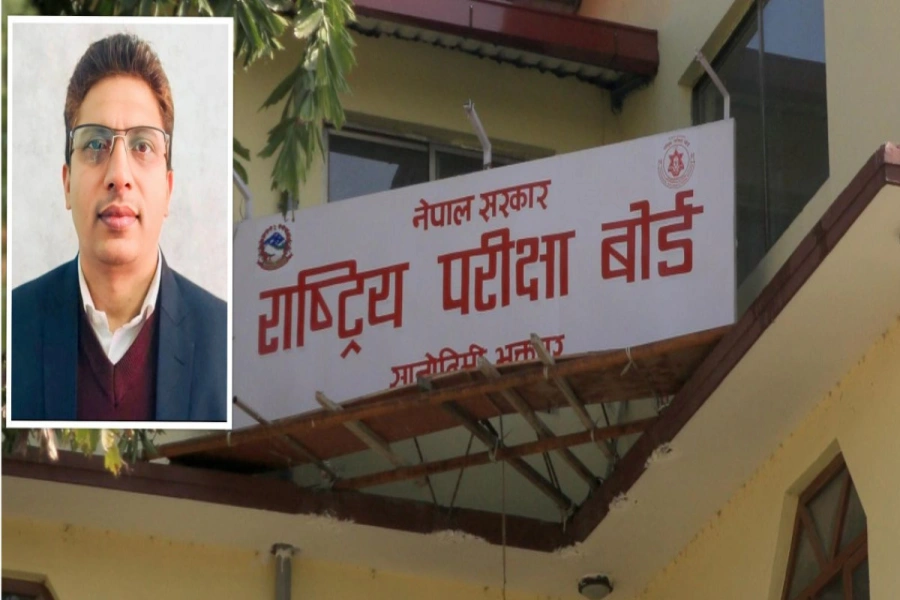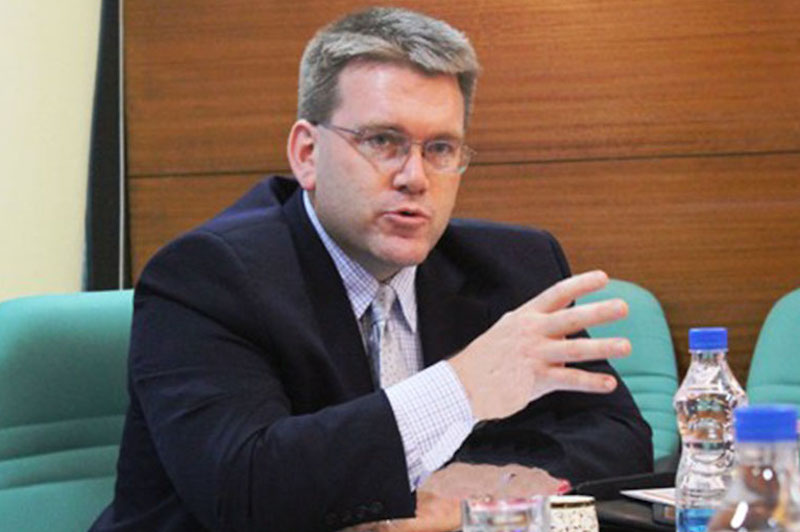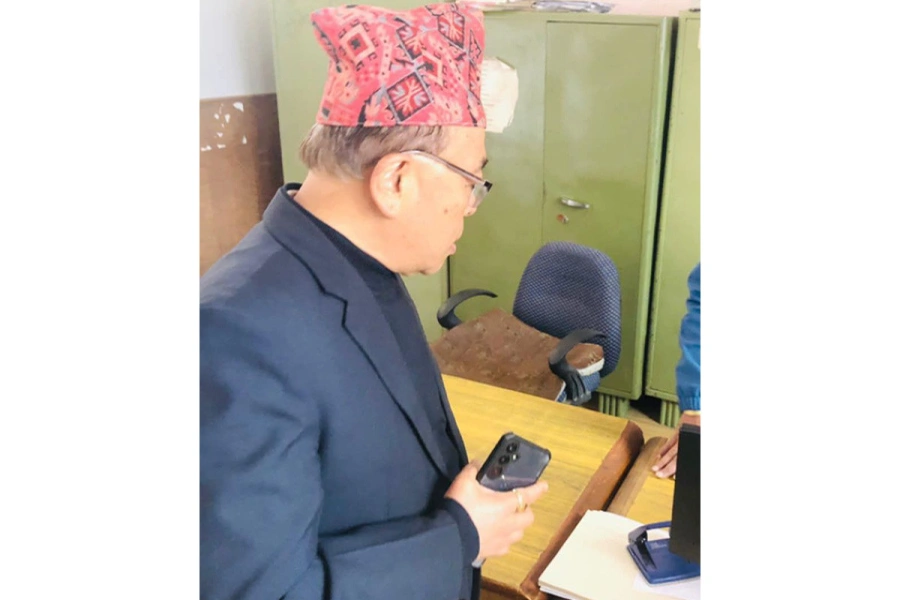The Chinese Embassy in Nepal organized the Chinese Lunar New Year ceremony for the first time in Kathmandu on January 14, 2024, which was inaugurated by Prime Minister Pushpa Kamal Dahal. During the program, artists performed Chinese arts, acrobatics, and magic. More importantly, Vice Minister Sun Haiyan of the International Department of the Communist Party of China (CPCID) visited Nepal from January 26. The Chinese guest stayed in Kathmandu for four days to discuss the latest political situation in Nepal with the leaders of various political parties. It was also the first high-level Chinese visit this year so far. During her stay, she made a controversial remark saying, ‘there are many forces trying to spoil Nepal-China relations.’ Considering the changing global order, she said that the year 2024 is the time to make a plan for Nepal-China relations. Similarly, she expressed her dissatisfaction over the ‘wrong publicity’ being made about China's ambitious Belt and Road Initiative (BRI) project. This scribe wants to shed light on why China wants to push through BRI projects in Nepal and what are its malicious intentions in Nepal.
Publicity or people’s rights?
Whether the meeting between the leaders of Nepal and China is formal or informal, the mantra that the Chinese want to hear and the Nepalis do not miss is, ‘Nepal is committed to the One-China Policy’. And for the last seven years, China's ambitious Belt and Road initiative has been a prominent topic in the dialogue between the two neighbors. The question is: does BRI hold the same proportionality by both sides? Is there a similar opinion about BRI within Nepal’s political street? Nepal signed the Memorandum of Understanding, participating in BRI, in 2017 under the premiership of Pushpa Kamal Dahal. In 2018, KP Sharma Oli, as the Prime Minister, proposed 35 projects under BRI to his Chinese counterpart, but it was not possible in front of Chinese negotiations and in the end, Nepal had to agree to nine projects. Five years after it was signed, in June 2022, the BRI was discussed in Nepali media, and subsequently, it was a topic of public discussion to some extent. After the split of the Nepal Communist Party, Sher Bahadur Deuba from the Nepali Congress became the Prime Minister of Nepal. The government led by Deuba had conveyed several times to China that Nepal needs only grants and not commercial loans under the BRI for developing infrastructure, owing to the fear that the country may fall into a ‘debt trap’ like the South Asian neighbor, Sri Lanka.
Nepal-China agree to conclude BRI Implementation Plan 'soon' as...

When a nation's prime minister inquires as to whether a foreign assistance will be in the form of a grant or a loan- it is evident that the country has expressed skepticism over the assistance. The Chinese leaders and government have not said that the BRI projects will be a grant assistance. Nepal receives a large part of EU and US assistance in the form of grants. Project like MCA is a model in which a true friend can help Nepal with grant assistance. Nepal has valid reasons to avoid a debt trap.
Typically, loans, grants, and assistance programs are used to finance BRI projects through the China Development Bank, the Asian Infrastructure Investment Bank (AIIB), and the Export Import (EXIM) Bank of China. 'Stalled Road to the North: A Case of BRI in Nepal', a report published last week by the Center for Social Inclusion and Federalism (CESIF), claims that with a grace period of less than two years and maturity duration of less than 10 years, the average anticipated interest rate of Chinese loans for projects associated to the Belt and Road Initiative is 4.2%, compared to the global average of 4% for these loans. Multilateral funders like the World Bank and the Asian Development Bank (ADB) offer soft loans with maximum interest rates at approximately 1.3% and longer payback terms. In contrast, the Japanese government is lending money to Nepal to build the Narayanghat Tunnel Marga, with an interest rate of 0.1%, a 40-year repayment term, and a 10-year grace period. The interest rates on Chinese loans are almost 15 times higher than those of other nations and international banking institutions. In such a backdrop, various questions naturally arise regarding the BRI. To what extent is the Chinese minister's seeking an outside plot against the BRI in Nepal justified?
Hope it’s not a Pandora’s Box!
In February 2022, a day before the MCC Compact was scheduled to be addressed in the House of the Representative for ratification; China had raised questions about the project wondering whether it is a gift or a ‘Pandora's box.’ China may have strained relations with the USA, but Nepal has excellent bilateral ties with the USA so it was uncalled for China to comment on Nepal's relations with the USA. Does the MCA pose any threat to China? Any country which wants to assist other countries or Nepal can follow the MCA model. Majority members of the HoR had supported MCA ratification and those who opposed the deal would always do so because they were always told by their political masters that the USA is an imperialist force; they think they should always oppose the USA.
One thing is evident that any further activities on the BRI in Nepal took place only during the tenures of a communist prime ministers. Why has the Nepali Congress-led government, which is an obviously powerful political force in the country, only voiced concerns regarding the BRI's implementation?
The Pokhara Regional International Airport (PRIA) was not even discussed in the initial 35 BRI projects or nine BRI projects that were agreed upon by both countries. Today, PRIA is among the glaring causes of the BRI’s distrust. How did China claim PRIA to be a BRI project? The then Foreign Minister NP Saud rejected China's claim that an airport had been built in Nepal under the BRI. China attempted to discredit the MCC calling it a ‘Pandora's box’ that needed to be taken seriously. Actually, the MCC is a grant project that serves as a model relationship between two true friends and BRI does not hold the same status. The BRI saddles poor nations with loans which the recipient finds very difficult to repay. A country which cannot repay BRI loans will have to succumb to the pressure of China. Can a country like Nepal say no to China on anything if it fails to repay BRI project loans? The answer is obviously no.
Viewed through the lens of global power exercise, China is trying to overtake the US as the world’s leading power, and the US wants to hold on to its power as usual. Nepal enjoys cordial diplomatic ties with China and the US since long. Considering this, it is crucial that Nepal, a geopolitically sensitive nation, conducts economic diplomacy with other nations in a transparent and ‘Nepal-oriented’ manner in the face of such global tussle. Nepal is a sovereign nation. Constitutionally, pluralism steers Nepali politics. Sometimes the reins of power in Nepal are in the hands of the democratic parties, and sometimes in the hands of communists.
There is now a new coalition government in Nepal with the incorporation of all communist parties. While this is a domestic issue of Nepal, it is worth noting that throughout the BRI, the communist governments did not even inquire China as to whether the initiative was ‘a grant or a loan.’ It is beneficial for Nepal if someone is making an effort to assist the country. However, we must exercise caution in assessing its benefits and the transparency of the process. Finally, assuming the deal between Nepal and China does not turn out to be a ‘Pandora’s box’, the ambiguity around the BRI needs to be addressed.




